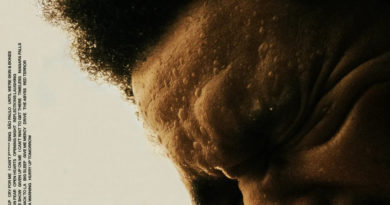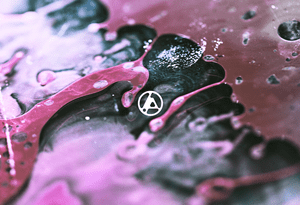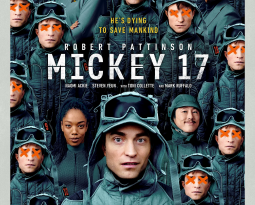‘Ne Zha 2’ and the rise of Eastern animation
At the moment of writing this article, “Ne Zha 2” is the first animated film to reach $2 billion in revenue, overtaking “Inside Out 2” as the highest-grossing animated film of all time. It is also currently ranked #6 in highest-grossing films of all time, short of blockbusters such as “Avatar: The Way of Water,” “Titanic” and “Star Wars: The Force Awakens.” Yet, nobody in the western hemisphere is talking about it.
“Ne Zha 2” is a two-and-a-half-hour Chinese animated film directed and written by Yu Yang, better known by his pen name Jiaozi. If you are interested in seeing this film, it’s highly recommended to watch its highly successful prequel movie, “Ne Zha,” beforehand, which can be found easily on YouTube TV. The plot will make more sense, and you will be able to fully appreciate everything this film has to offer. This sequel movie follows the aftermath of his first film, in which Ne Zha, the reincarnation of the Demon Orb, and Ao Bing, the reincarnation of the Spirit Pearl, must figure out a way to reform their recently destroyed bodies. Meanwhile, chained in an underwater purgatory deep inside the earth, the Dragon Kings of the Four Seas plot their escape.
Every single moment of this movie hits, and considering this movie is over two hours long, that says something. The animation is absolutely jaw-dropping — from an animation student’s perspective, the water, lava, fire, cloud and electricity effects looked stunning. The choreography and camerawork are next-level. Every fight scene was different and never pulled the same tricks twice, always leaving viewers guessing as to what would happen next.
This film was presented in Mandarin with English subtitles, and the vocal cast was amazing. It had a surprising amount of comedy but pulled no punches on its emotional moments. The Dragon Kings were some of my new favorite characters with how distinctive each one was characterized in regards to motivation, personality and powers. Ao Run was my favorite Dragon in particular and only solidified my personal belief that teleportation is one of the best powers ever. Overall, this movie set up some interesting plot threads in case this duology turns into a trilogy.
As mentioned before, the biggest crime of this movie is how much the west butchered its marketing. Which is to say, it has no marketing in the west. I went to see this movie over Spring Break, thinking that my urban hometown would likely have theatres showing it. Unfortunately, only one theatre within a 30-mile radius was showing this film, and it was the last showing of it ever in that theatre. It is an absolute shame how little this movie is getting promoted, given its record-shattering status.
This film only continues the recent trend of non-western animation dominating audience reviews, box offices and award shows. Disney and Pixar, in particular, have not won an Oscar Award for their movies in the last three years, with those awards instead going to productions with foreign-based filmmakers and studios, such as “Guillermo Del Toro’s Pinnochio” (2022) from the Mexican film director of the same name, and “The Boy and the Heron” (2023) by Japanese director Hayao Miyazaki. Many non-western studios have gained more attention over the years, such as Studio Trigger, the Japanese studio behind “Kill La Kill” and “Delicious in Dungeon,” Glitch Productions, the Australian independent studio that brought to life “The Amazing Digital Circus,” and Dream Well Studio, the Latvian studio that recently won an Oscar for their animated feature, “Flow.” While I am unsure if this is signaling a trend of what the future of animation will look like, in an era of heavily criticized Western content I rejoice at the opportunity to witness fresh, new animation created by non-Western studios.




